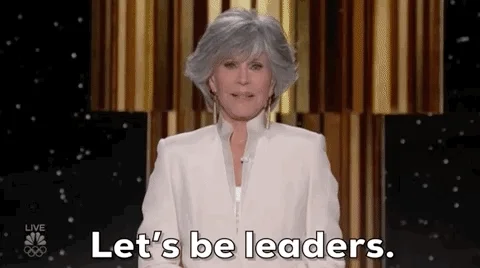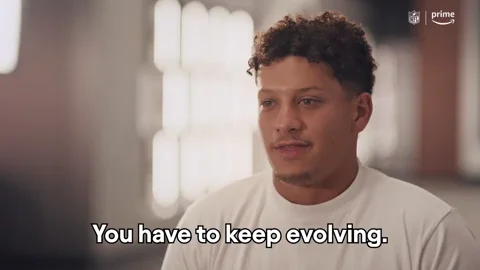
This logo isn't an ad or affiliate link. It's an organization that shares in our mission, and empowered the authors to share their insights in Byte form.
Rumie vets Bytes for compliance with our
Standards.
The organization is responsible for the completeness and reliability of the content.
Learn more
about how Rumie works with partners.
What is diversity and how is it different from inclusion?

Diversity: describes people with a variety of identities, values, perspectives, abilities, and more
Why is workplace inclusion so important?
All employees develop a sense of identity from being in supportive workplace cultures. This really encourages everyone's attitudes and behaviors to be positive toward each other.
When employees actively include colleagues, it creates an environment where people want to work at and creates a positive difference in the workplace.
1. Lead by example

Even employees who may not be in traditional leadership positions can still take action on workplace inclusion! Here's how you can be an inclusive leader at any level of the company:
Advocate for inclusion — know your value and respectfully speak up for things that mean to you!
Be mindful of how you communicate — have an open and receptive conversation.
Know your biases — recognize your own and challenge them as well.
Check out this Byte to learn more on how to deal with unconscious bias 💡
2. Encourage open communication

 Be open to communication and be receptive.
Be open to communication and be receptive.
When a report was not submitted from your team at the deadline...
Instead of saying: ⭕
We submitted our report late because you didn't finish your task on time.
Try saying: ✅
I noticed the report wasn't submitted ontime. Anything I can assist with in the future?
When coming from a more curious mindset, we can be more receptive.
 Invite diverse conversations and embrace varieties and differences.
Invite diverse conversations and embrace varieties and differences.
When a colleague is celebrating and is practicing a tradition/custom...
Instead of saying: ⭕
That's a lot of rules to follow when you're fasting for Ramadan. Sounds really difficult.
Try saying: ✅
You have so much commitment and that's really admirable.
Remember, sometimes listening is just as important (if not more) than saying something back.
 Know and acknowledge our own biases.
Know and acknowledge our own biases.
When a colleague from a different age group is picking up a new project...
Instead of saying: ⭕
This might not be something you're familiar with since this is referrring to a trend that was several years ago and you're a bit young. Are you sure you can handle this task?
Try saying: ✅
Nice work taking on a new project! Let me know if you need anything.
Being supportive of your colleagues regardless of their actions can put our biases at bay.
Did you know?
Knowledge check: communication
Your colleague reached out to you to share that they didn't feel included in the last meeting everyone was just in.
They said, "I had a lot of ideas about the recent campaign project for the community. Even though I didn't grow up in the same community as some employees here, I didn't feel heard at all and I didn't know what to do. It was a frustrating experience."
How can you respond?
A. "I've never experienced prejudice in this company before."
B. "Are you sure it appeared that way? Maybe you're being too uptight about it."
C. "I'm so sorry to hear that. Mind telling me more about what happened?"
D. "That does sound frustrating. I'd like to support you. How can I help?"
Quiz
How can you respond? Check all that apply.
Making assumptions based on your experience or minimizing the concerns of your colleagues (about race, gender, cultural background, physical ability, age, and more) prevents open communication in the workplace, like choices A and B. We can learn more if we encourage honest dialogues about our colleagues' experiences and be receptive to discussion. Choice A establishes no room for any discussion and choice B conveys a dismissive message. Choices C and D encourage open communication.
3. Embrace a safe space
Did you know?
4. Give valuable feedback
Take Action

Leading by example, encouraging open communication, embracing a safe space, and giving valuable feedback are 4 different ways to promote workplace inclusion.
Start making a difference now!
This Byte has been authored by
Shawn Fan
Instructional Designer


 Photo by
Photo by 



